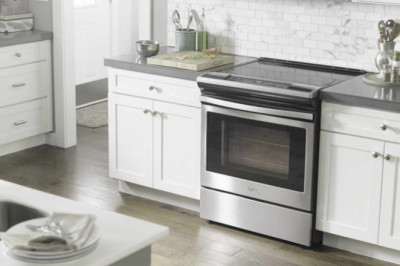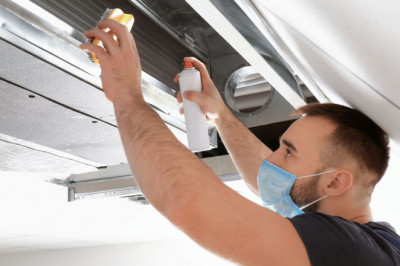views

Every research laboratory needs the right tools, and equipment to function efficiently. These tools enable laboratories to perform tests and procedures as efficiently as possible, balancing the demand for quality and productivity.
Two factors come into play when choosing lab equipment, namely space and budget. The physical space of your laboratory must accommodate the pieces of equipment you need while still allowing for a smooth flow of traffic inside.
You also need to consider your budget. Some specialized tools may be vital for your research, but these often require a sizeable investment, forcing you to allocate funds away from other pieces of equipment.
These two factors can make it challenging to pick the right equipment for your lab, mainly if you’re working with a tight budget and physical space.
Must-Have Research Lab Equipment
If you have trouble deciding which equipment pieces to prioritize, below is a list of must-have items for every research lab.
- Biosafety Cabinets
Biological safety cabinets protect lab workers and the laboratory space itself from biohazardous or infectious agents. These are enclosed, ventilated, and filtered to remove harmful pathogens and prevent them from escaping the cabinets.
Follow the biosafety cabinet standard operating procedures to make sure you’re using it properly and safely.
- Ultra-Low Temperature Freezer
A staple in any research lab, an ultra-low temperature freezer protects samples and test materials and keeps them in stasis so you can take them out and prep for experiments quickly. Preservation is crucial for labs because any exposure can skew test results.
Consider looking for lab equipment that combines a refrigerator and freezer. This space-saving equipment is worth the investment if your lab is small.
- Lab Oven
There are different types of lab ovens that you can consider. An air-drying oven offers temperature uniformity and stability with a fast recovery. It has a turbo blower and heavy-duty motor that direct the air and provide an even curing, drying, and baking throughout its shelves.
For a vacuum drying oven, the process occurs in an airtight chamber. You can apply a level of vacuum using an external pump to control the oven’s atmosphere, which allows for a more stable drying process. A vacuum drying oven can also prevent surface reactions, decontaminate samples, and speed up the outgassing process.
- Water Purifier
Another standard piece of equipment in research labs is a water purifier. Water purifiers remove any contaminants in the water that can affect the outcome of the tests. Some standard purification techniques include distillation, reverse osmosis, and deionization.
- Incubator
Histology labs studying cells and tissues need incubators as well. Incubators provide a temperature-controlled environment, which is necessary to support the growth of microbiological cultures. Other functions include egg incubation, pharmaceutical testing, and food and beverage testing.
- Centrifuge
A centrifuge separates particles from a solution according to size, density, and viscosity. A factor to look into when getting this machine is the rotor speed. The speed of your centrifugation depends on the object you’re processing. The smaller the particle size, the higher the centrifugation speed. Thus, you need a centrifuge that can deliver the speed you need for the objects you typically process.
Lab centrifuges also differ in size, so do some research to determine which size fits your lab best. Prices can run anywhere between $2,000 to around $75,000.
- Controlled Lab Reactor
A controlled lab reactor is a reaction vessel that offers automated control. This reactor typically uses a circulating chiller unit that pumps a thermal control fluid through a jacketed glass vessel. The chiller unit is what controls the temperature of the vessel contents, which gives you better control of the reaction that occurs inside the device.
- Liquid Handler
An automated liquid pipette system is an excellent investment if you need to run your lab with minimal supervision or for 24 hours. Its primary functions include pipetting, sample preparation, and microplate washing.
- Cryostat
A cryostat is non-negotiable for human-oriented research labs. Its function is to section tissues through two primary methods: magnetic resonance imaging (MRI) and biological microtome.
Proper Equipment for Productivity
Any research lab wants to be as productive as possible. However, your budget and floor space may limit the number and type of equipment you can afford, thus hampering productivity.
When choosing the tools and equipment you need for the lab, list everything you think you need, then prioritize according to your day-to-day operations, funds, and space.
Afterward, look for a reputable lab equipment manufacturer that can provide you with what you need. AI Furnaces carries high-quality lab furnaces and ovens fit for your unique needs. Contact us today for inquiries.












